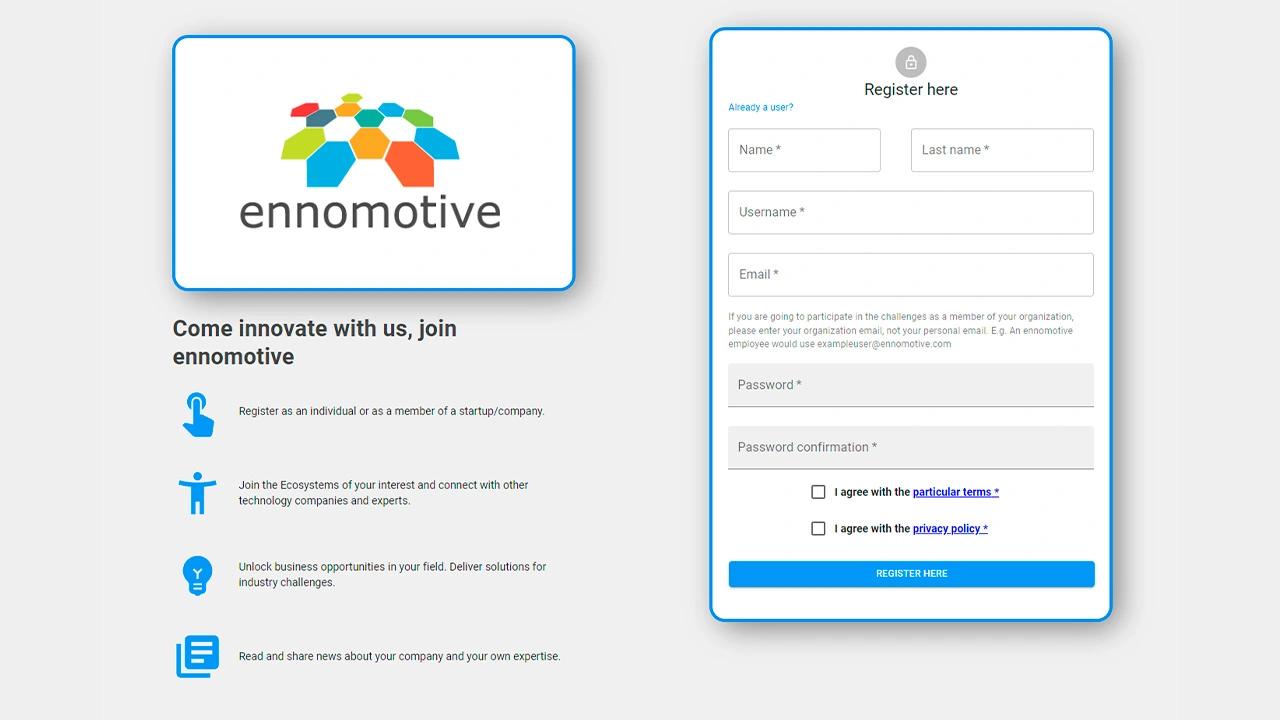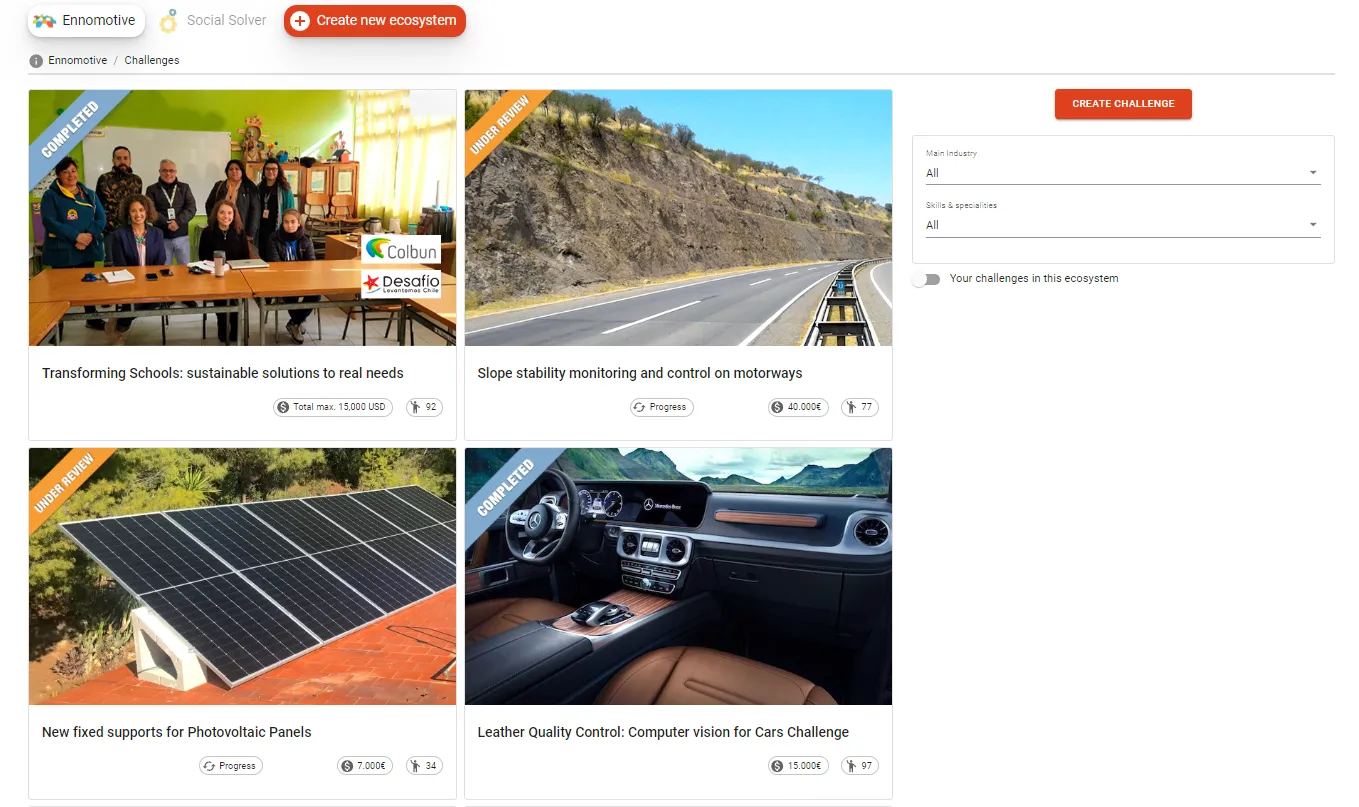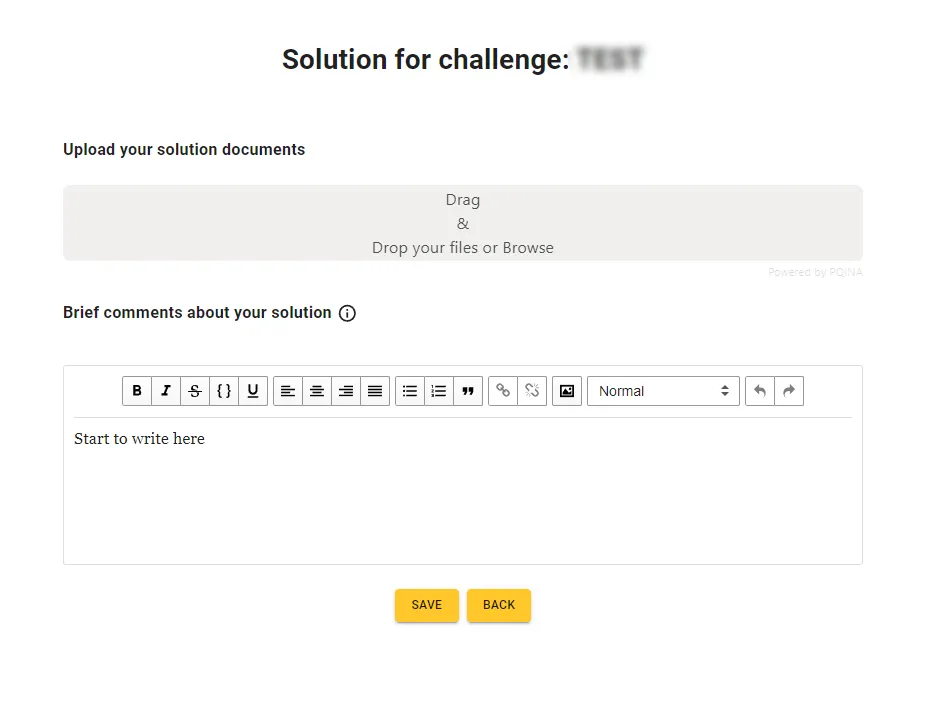Background
Our client is a world player in the oil and chemical industry. People are increasingly more concerned about sustainability and their consumption habits. Our client wants to satisfy this demand for renewable chemical products and fuels.
The challenge
Furfural is a biological-sourced molecule that may be transformed by known means into a variety of valuable chemical compounds and renewable fuels. The current market price of furfural is too high to allow its end use as chemical compound or fuel.
The currently used commercially synthesis of furfural still relies on traditional technology developed by Quaker Oats (Brownlee and Miner, 1948, Zeitsch, 2000 ) and is not very cost-effective. Furfural is industrially produced by lignocellulosic biomass (such as corncob, sugarcane bagasse, oat hulls, cottonseed hulls, etc.) hydrolysis and pentose dehydration using sulfuric acid as the catalyst.
The commercial furfural production process has some disadvantages such as low yields, high energy–consumption (a large amount of superheated steam is used as heat-supply and stripping agent for furfural), and equipment corrosion. In addition, plenty of solid residues (furfural residues, mainly composed of cellulose (∼45%) and lignin, acidic due to the remaining H2SO4) are excreted at high humidity and temperature and pretreatment steps consuming a huge amount of water, alkali, or other organic solvents are often required for using furfural residues.
For this reason, challenges associated with the sustainable growth of the furfural industry, as well as the improvement of chemical technology for furfural production, continue to be of great importance in spite of different efforts carried out to optimize production processes using new types of catalysts and solvents (G. Machado et al, 2016).
Bibliography:
1-Brownlee, H.J., Miner, C.S., 1948. Industrial development of furfural. Ind. Eng. Chem. 40, 201–204
2-K.J. Zeitsch, 2000, The Chemistry and Technology of Furfural and its Many By-Products (Sugar Series, 13), Elsevier.
3-Machado, G. et al, 2016, Literature Review on Furfural Production from Lignocellulosic Biomass, Natural Resources, 2016, 7, 115-129
What the client is looking for
Our client is looking for new solutions to obtain said furfural molecule in a cost-effective way, in order not to penalize the economy of furfural-sourced products chain, by reducing furfural total production cost:
- Targeted production cost, including raw materials and depreciation (15 years) below 400$/mt
- Targeted production capacity: 50.000 mt by year.
- Environmental issues, disposal of by-products and CO2 emissions must be analyzed and minimized.
- Product quality: A minimum of 98.5 % purity is required. Increases over that value will be positively valued.
- Other characteristics to meet: see attached sheet.
This is a 1 round tournament with the following submission:
A PDF document (10 pages maximum) including:
- Brief description / sketches of the proposed process.
- Supporting evidence on how your proposal reduce production cost.
- Material balance, energy balance, list of emissions and wastes.
Attached documents to support your solution are allowed
Evaluation Criteria
- Lower estimated cost
- Feasibility evidence
- Sustainability balance
Tournament Structure and Timing
1st round – 6 weeks + 2 weeks for evaluation



